In this post, Landau alumni Jochen Zubrod talks about FXMATE, their new open-access tool developed to make ecotoxicity data analysis more transparent and reproducible through an intuitive and standardized statistical workflow.
Continue readingCategory Archives: Research
Uncovering the impact of antimicrobials on the gut microbiome of invertebrates
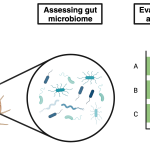
A new study examining the effects of an antibiotic, a fungicide, and their mixture on the gut microbiome of Gammarus fossarum found that the antimicrobial exposure altered the relative abundance of bacterial classes within the gut microbiome, with effect directions depending on the type of antimicrobial used.
Continue readingTotal Applied Toxicity reveals 15 years of change in pesticide pressure across France
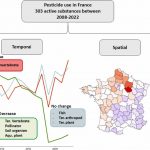
A new study investigating temporal and spatial trends in pesticide pressure in France over 15 years (2008 to 2022) using the Total Applied Toxicity (TAT) highlights the importance of TAT for evaluating pesticide pressure and identifying areas for mitigation strategies, while also noting the impact of recent regulatory actions.
Continue readingToo many chemicals, too little assessment: Current status of global chemical pollution
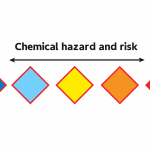
A new extensive review article assessing the state of global chemical pollution highlights the challenges for global chemical assessment, regulation and management systems.
Chemical Stress and Ecosystem Function—What 350 Observations Reveal
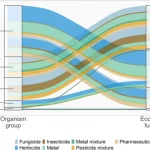
A new meta-analysis of 159 studies and 350 experimental observations offers key insights on the impact of chemical pollution on freshwater ecosystem functions
Continue readingEcotoxicology goes large – challenges and opportunities of chemical monitoring at the macroscale

A new study on water monitoring data from a six decade period, highlights the challenges and opportunities of large-scale chemical monitoring and data analysis to assess environmental risks.
Continue readingPolluted surface waters, not just a problem for aquatic organisms: Biomagnification of flood-borne pesticides in plant-feeding aphids

Surface waters are polluted with a variety of contaminants, including synthetic pesticides. A study by Franziska Fiolka and colleagues from the RTG SystemLink in Landau, recently published in the journal “Chemosphere”, is the first to examine if repeated flood events lead to an increase in pesticide concentration in the riparian zone, including plant-feeding insects. It shows that pesticide concentrations in soil and nettle increase with an increase in flooding frequency, and further, that aphids feeding on contaminated riparian plants are able to take up these pesticides.
Continue readingNon-Target Casualties: The Overlooked Impact of Neonicotinoids on Grassland Plant Bugs – Investigating Agrochemical Exposure in a Prominent but Overlooked Group of Insects

Modern agro-ecosystems are extensively contaminated with pesticides, but the effects of these chemicals on insect biodiversity are poorly understood. Jan Erik Sedelmeir reports in this blog post about a new study, carried out at the Department of Applied Entomology at the University of Hohenheim under the direction of Georg Petschenka.
Continue readingA cocktail of pesticides eradicates biodiversity – PAN Europe Interview to Prof. Dr Carsten Brühl
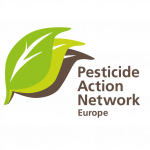
“Insects and other arthropods are disappearing at an alarming rate all over Europe and pesticides play a major role.” Recently the European Pesticide Action Network (PAN) interviewed Professor Dr. Carsten Brühl, specialist in ecotoxicology.
Continue readingCurrent-use pesticides in vegetation, topsoil and water reveal contaminated landscapes of the Upper Rhine Valley, Germany
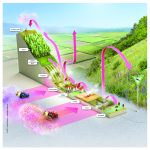
Landau, 12.03.2025 – A new study by the RPTU Kaiserslautern-Landau, published in Communications Earth & Environment, shows extensive pesticide contamination in the landscape of the Upper Rhine Region. Pesticides disperse across the entire landscape, contaminating soil, vegetation, and water far beyond agricultural zones. The findings shed new light on the potential environmental impacts of conventional agriculture. According to the researchers, pesticide use must be reduced urgently in order to protect non-target areas around fields, orchards and vineyards.
Continue reading